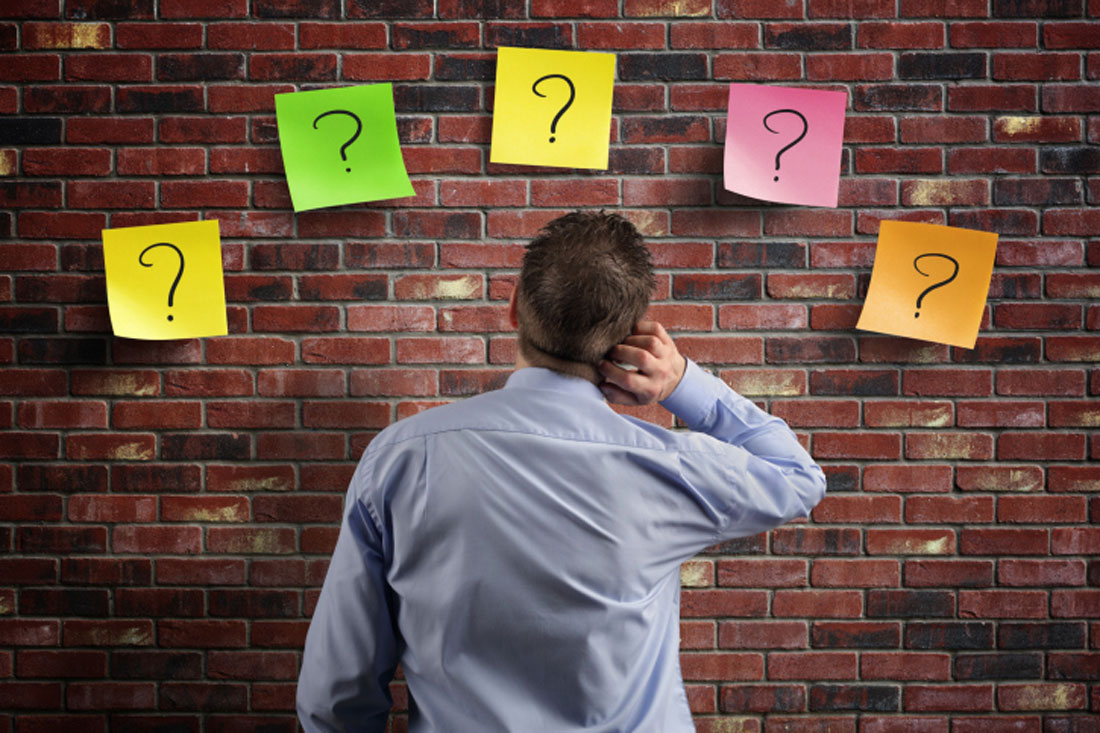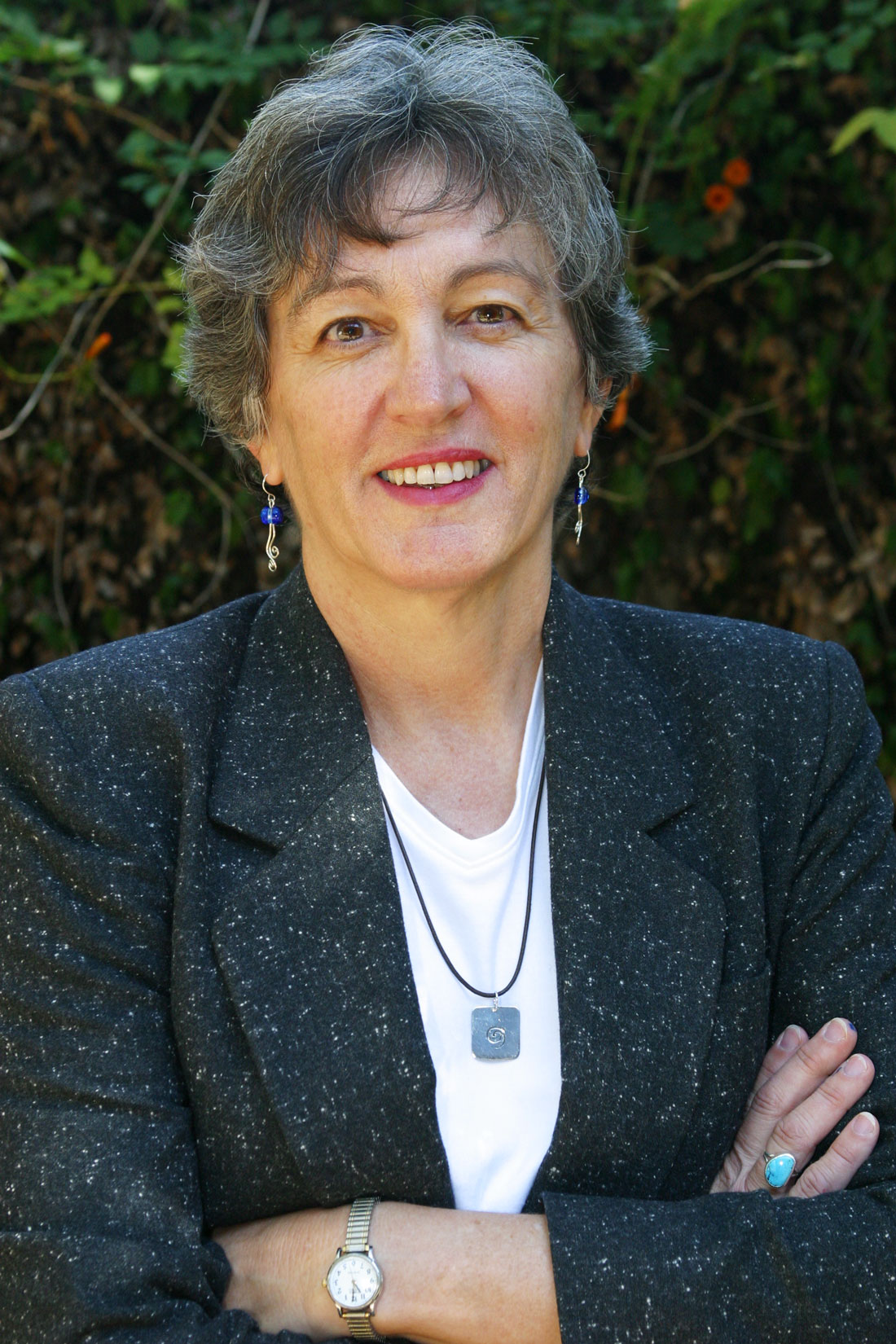Roger Clemens. Barry Bonds. Steroids. Human Growth Hormone (HGH).
These days, baseball is about as American as Benedict Arnold, and between that sport, the Tour de France and U.S. Track and Field, we’re constantly barraged with the names of disgraced (or soon-to-be disgraced) athletes and performance-enhancing drugs – a growing all-star roster of shame.
As a former high school and college athlete, I’m disgusted. Back in the day, I enjoyed winning as much as the next guy, but not enough to “roid” up and shrink my gonads. Folks like Bonds, Clemens, Mark McGwire, former local favorite Rafael Palmeiro, fallen track star Marion Jones, and disgraced cyclist Floyd Landis have soiled the record books and put a bad taste in the mouths of fans, damage that will linger for years to come.
Considering how strongly I feel about all that, maybe it’s odd that I take a very different stance on drugs and artists. I’m not the only one, though – society in general seems to have two sets of standards in this area.
“Lucy” would never have been “in the sky … with diamonds” if the Beatles hadn’t been experimenting with LSD. Jimi Hendrix wouldn’t have begged our pardon while he “kissed the sky” if not for heroin. The Rime of the Ancient Mariner wouldn’t have fermented in the mind of Samuel Taylor Coleridge without laudanum. Hashish helped melt Salvador Dali’s clocks.
Let’s be honest: LSD, opium, marijuana, etc. have provided the same enhanced production, acuity, and vigor for many artists as steroids and HGH have done for many athletes.
Drugs, psychedelic and otherwise, have long been accepted by artists as mind-expanding, inhibition-blocking and subconscious-plumbing shortcuts if not outright mainline connections. The peace movement of the late 1960s might have developed without pot or LSD, but it would have lost anthems by folks like Bob Dylan and figureheads like Abbie Hoffman and Timothy Leary (famous for the mantra “Turn on, tune in, drop out”). Modern jazz might have evolved without pot or heroin, but Charlie Parker wouldn’t have been a pioneer. And the Cubist movement of the early 20th century might have taken place without opium, but with Pablo Picasso as a bystander instead of a progenitor.
If we took marijuana, heroin, and LSD out of rock ‘n’ roll, we’d probably lose some of the most influential works by Dylan, Hendrix, Janis Joplin, the Beatles, the Rolling Stones, and hometown great Townes Van Zandt, to name a few. Jim Morrison actually named The Doors after Aldous Huxley’s The Doors of Perception, a groundbreaking treatise on hallucinogenic drugs and their effects. Reggae legend Bob Marley often publicly stumped for “ganja,” claiming, “When you smoke the herb, it reveals you to yourself.”
Take drugs out of modern literature, and you probably lose Edgar Allan Poe, Allen Ginsberg, and Alice in Wonderland and certainly William S. Burroughs, Charles Baudelaire, Dr. Jekyll and Mr. Hyde, The Electric Kool-Aid Acid Test, and one of my heroes, Hunter S. Thompson, who once claimed that a five-dollar cap of good acid would treat you to a “universal symphony with God singing solo and the Holy Ghost on drums.” Though reticent to recommend “sex, drugs, and insanity” for others, he said they’d always worked for him.
Drug-free comedy would also be free from Lenny Bruce, Richard Pryor, John Belushi, and Chris Farley. No drugs in the blues, no Billie Holiday. In punk, no Sid Vicious. The list goes on and on and on.
Could the aforementioned artists have created cleanly, soberly? Maybe, but their imagination or muse wouldn’t have been as pumped up or free-flowing, and their work might not have been as profound (or pseudo-profound). The drugs elevated their output or perhaps gave their work a pysche-addled quality that passed for vision, depth, or mystery, helping them to chart the abyss for us, baring souls – theirs and ours.
I feel my life is richer because I have experienced the art of Picasso, Marley, and Belushi. But I have a hard time reconciling my admiration for those artists with my contempt for athletes who’ve also turned to drugs for help.
Consider: Last September, Sylvester Stallone was busted in Australia with a sizable stash of HGH. He was on his way to Thailand to finish shooting the fourth installment of Rambo, which opens this month. There’s no question that 61-year-old Stallone was juicing up for a blockbuster hit, and yet the majority of the folks who are upset with chemically enhanced athletes will probably go see Rambo IV. Why isn’t Stallone being summoned to testify before Congress? Why don’t we think of what he was doing as cheating?
I don’t have an answer to the hypocrisy of such attitudes, my own included. I’m certainly not making a case for going easy on drug-using athletes. But as the world bears down on Bonds, Clemens, Jones, and Landis, is there anything more juiced up than the societal double standard at play here?
E. R. Bills is a local freelance writer.











